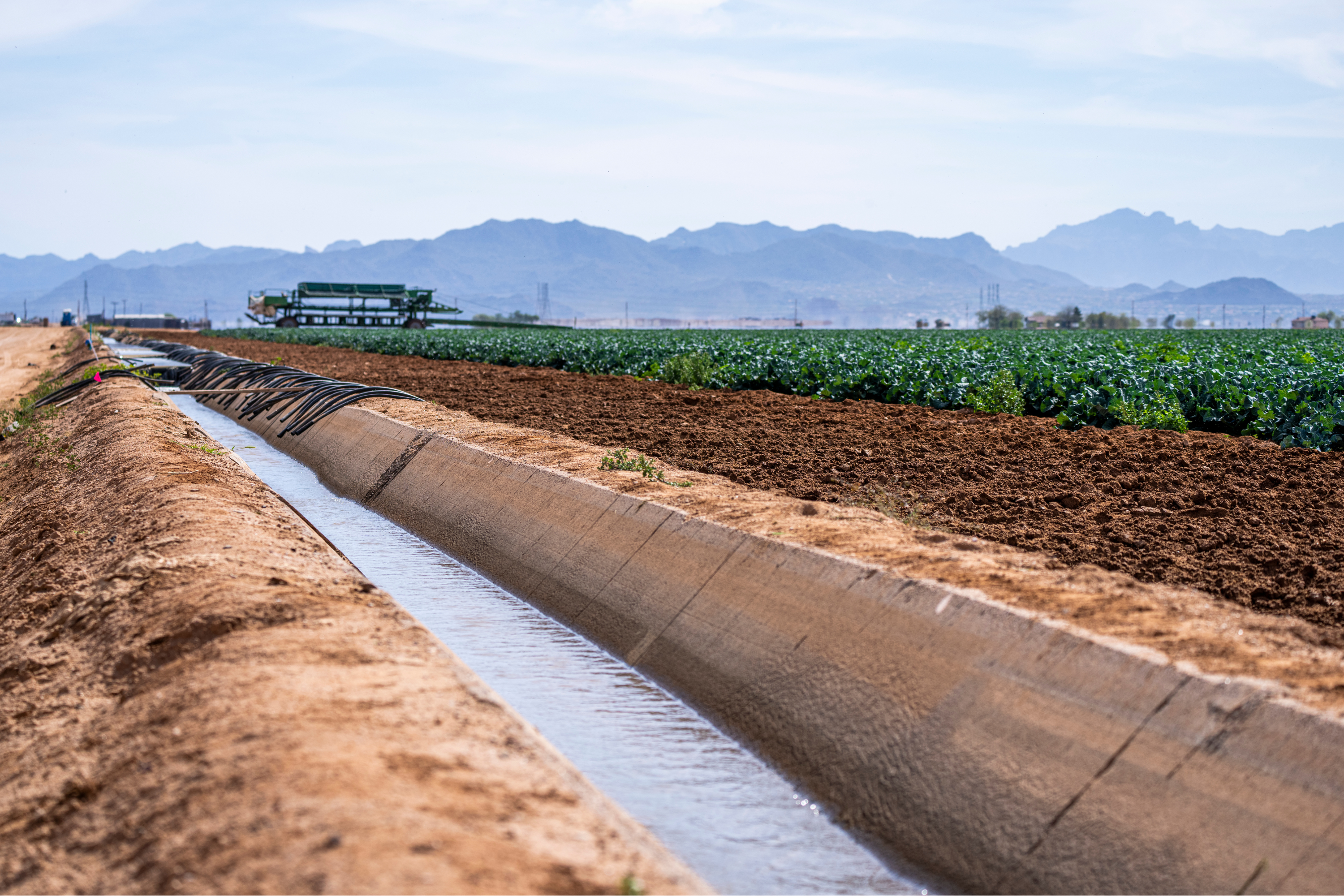
Surface Water Irrigation: Harnessing Nature’s Flow for Your Crops
If your land includes a stream, river, or pond, you’ve got a valuable water source right at your fingertips! Using surface water for crop irrigation is one of the oldest and most natural methods around. For homesteaders and future farmers, it offers a way to tap into flowing or stored water to keep your fields thriving.
How It Works
Surface water irrigation involves diverting or pumping water from natural or man-made bodies of water to your crops. This might mean channeling water from a creek through irrigation ditches, pumping from a pond, or using gated pipe systems fed by a nearby river.
Common approaches include:
-
Gravity-fed ditches or furrows to carry water downhill
-
Pumping water from ponds or streams into sprinkler or drip systems
-
Using storage ponds or reservoirs filled during wet seasons for later irrigation
Pros
-
Cost-effective: Often uses free, natural water sources
-
Sustainable if managed well: Can recharge aquifers and support wildlife
-
Good for large acreage: Especially where gravity flow is possible
-
Supports diverse irrigation methods: From flood to sprinklers to drip
Cons
-
Variable supply: Stream flows or pond levels can fluctuate seasonally
-
Water quality concerns: Sediment, algae, or pollutants may require filtration
-
Legal restrictions: Many states regulate surface water rights tightly
-
Infrastructure maintenance: Ditches, pumps, and gates need regular care
Best For
-
Land with natural water bodies or constructed ponds
-
Homesteads with enough acreage to justify pumps and canals
-
Growing row crops, pastures, or orchards with reliable seasonal water
Equipment Needed & Water Rights
Equipment Needed:
-
Intake screens or filters to keep debris out of pumps or ditches
-
Water pumps (electric, diesel, or solar) if gravity feed isn’t enough
-
Irrigation piping and valves to control water delivery
-
Ditches, canals, or gated pipes for gravity flow systems
-
Water storage tanks or ponds for buffering supply during dry spells
Water Rights:
Surface water use is often the most regulated type of irrigation water:
-
Obtain a water right or diversion permit from your state or local water authority
-
Follow priority rules—in many western states, older water rights have priority over newer ones
-
File annual usage reports if required
-
Work with neighbors and agencies to manage watershed health and maintain access
Before diverting water, always check local laws and speak with your county extension or water management district.
Homesteader Tips
-
Build simple sediment traps or settling basins to keep your system clog-free
-
Use solar pumps to save on fuel and electricity costs
-
Design your ditch or pipe layout carefully for efficient water flow and minimal loss
-
Combine surface water with drip or sprinkler systems for best results and conservation
-
Keep water rights documents handy and stay informed about changing regulations
Surface water irrigation connects you directly to your land’s natural resources. With smart planning and legal compliance, it’s a sustainable, cost-effective way to keep your homestead growing season after season.
Up next: Wells for Irrigation: Tapping into Groundwater for Your Homestead
Share


